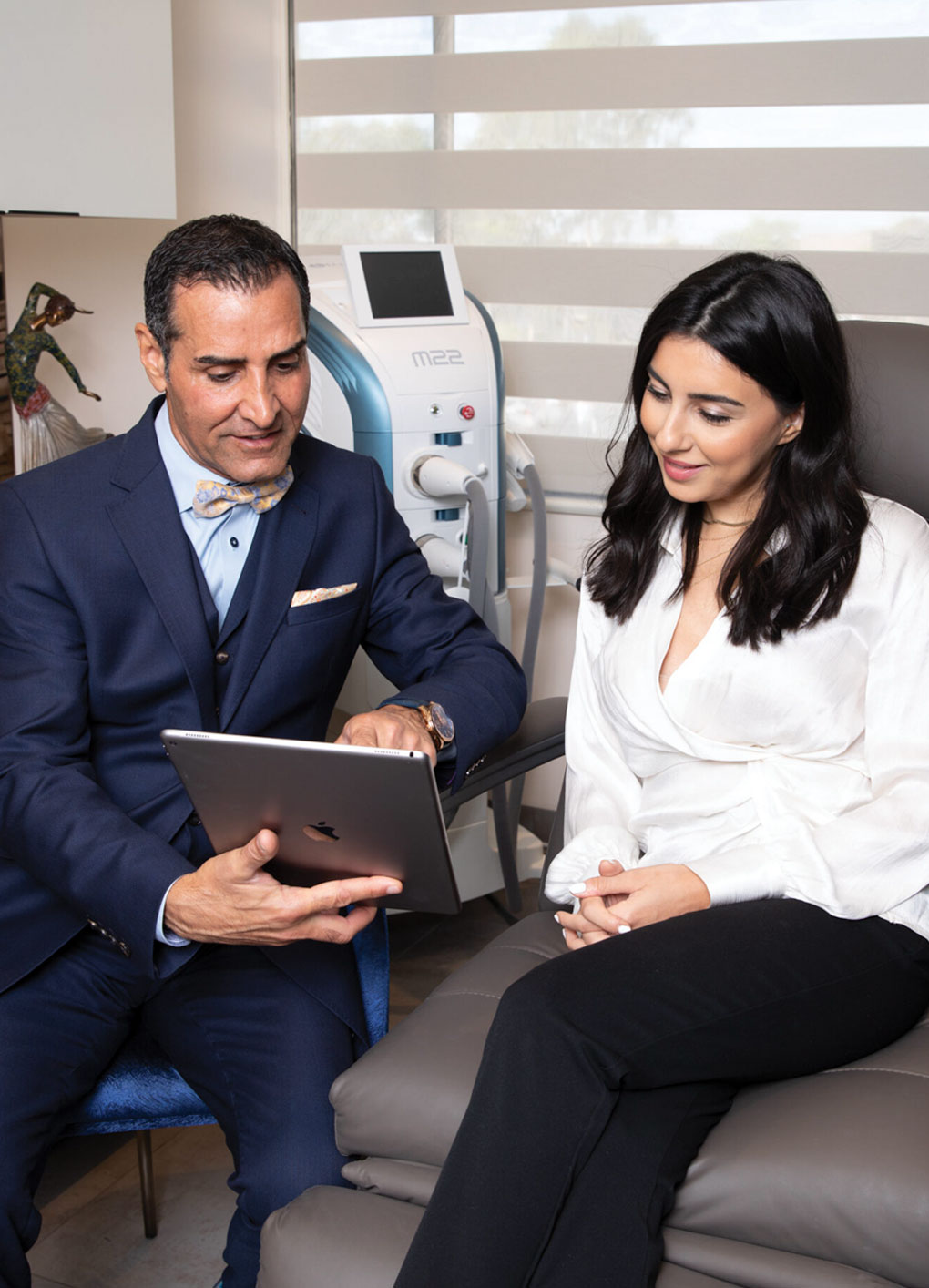Breast Augmentation Risks
The breast augmentation procedure has long been popular among women in Orange County. It comes as no surprise, given the fact that the goal of this surgery is to increase the size of the breasts while also enhancing the shape and appearance of the breasts.
Whether a woman is genetically predisposed to smaller breasts or she has found that gravity, pregnancy, breastfeeding and age have taken their toll on the appearance of the breasts, a breast augmentation can address her concerns and give her the body shape she has long been dreaming about. Newport Beach patients should understand, however, that this is a major cosmetic surgery procedure and there are risks associated with it.
What are the that Patients Should Be Aware Of?
Some patients have to be concerned about bottoming out after their breast augmentation surgery. Bottoming out is more common in patients who have a thin body frame or low body weight, because they have less skin available to cover a large implant. Bottoming out occurs when there are not enough muscles in the breast tissue to support the implant. This forces the implant to lay too low, and the nipples will appear too high on the breast.
Capsular contraction is one of the most common risks of this procedure, but it typically occurs within the first few months after the surgery. The body may think that it is healing itself after the surgery, and a capsule may form around the implant. This capsule may become tight around the foreign object, which can distort the appearance of the implant. It makes the implant feel hard, and is quite painful for the patient.
Gel bleeding is a complication that can arise many years after the surgery has taken place. This is defined as a situation in which the silicone gel begins to leak through the implant shell. This can result in capsular contraction, and the experience can be painful for the patient.
Hematoma, allergic reactions and post-operative infections are the risks that can occur within hours of the surgery. In the event of a severe hematoma, the blood will be drained from the hematoma. If an infection occurs, the patient will first be treated with antibiotics. In the event that the antibiotics do not work and the infection persists, the implants may have to be removed.
For the most part, the breast augmentation procedure is a very safe and effective surgery. Most women will not suffer any complications as a result of this surgery, and the risks are minimized even further when the patient does her research and chooses to work with an expert cosmetic surgeon. You will want to find a cosmetic surgeon who has experience with a breast augmentation procedure and understands that every patient is unique.
To find out if you have found the right cosmetic surgeon for your breast augmentation, set up a free cosmetic consultation to learn more about the benefits and risks associated with this popular cosmetic surgery.




